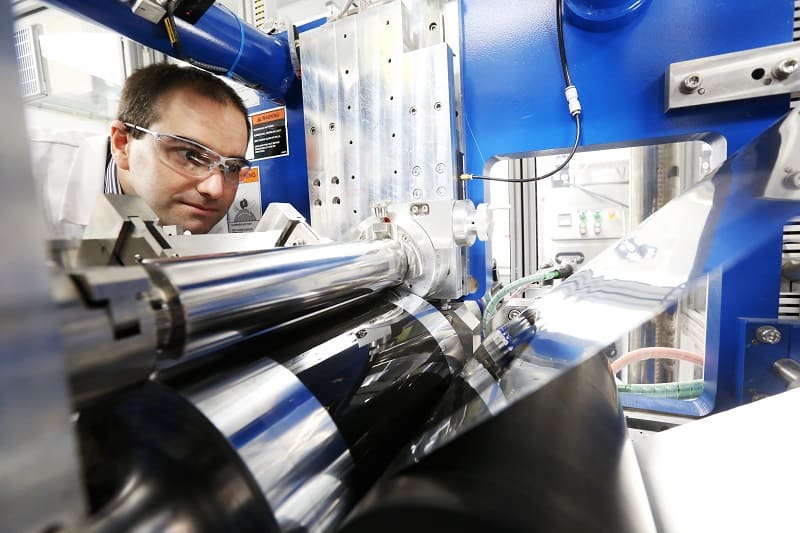UK project to develop sodium-ion battery cells to store excess electricity from solar systems
A cheaper way to store energy produced by solar power devices is being developed in a new UK research partnership.

The collaboration, between researchers at Warwick University’s WMG, battery technology specialist Faradion, and energy storage firm Moixa Technology, will see the partners develop sodium-ion battery cells to store excess electricity produced by solar systems.
Sodium-ion batteries offer the potential to be significantly cheaper than existing lithium-ion batteries. That is because sodium salts are far more abundant than lithium, and can be found in many more parts of the world, according to Rohit Bhagat, associate professor at WMG.
“The main lines for lithium are in places like China, South America and the US, but if you’re in Europe, you really want a more local source for these materials,” he said. “That is what is great about sodium, because it is not limited to a few countries.”
This should make sodium-ion cells 30 per cent cheaper to produce than their lithium-ion counterparts, he said. As a result, the team hope solar energy storage could become affordable to a greater number of households and businesses.
Register now to continue reading
Thanks for visiting The Engineer. You’ve now reached your monthly limit of news stories. Register for free to unlock unlimited access to all of our news coverage, as well as premium content including opinion, in-depth features and special reports.
Benefits of registering
-
In-depth insights and coverage of key emerging trends
-
Unrestricted access to special reports throughout the year
-
Daily technology news delivered straight to your inbox










Water Sector Talent Exodus Could Cripple The Sector
Maybe if things are essential for the running of a country and we want to pay a fair price we should be running these utilities on a not for profit...